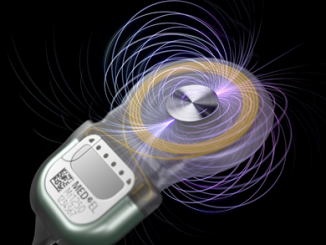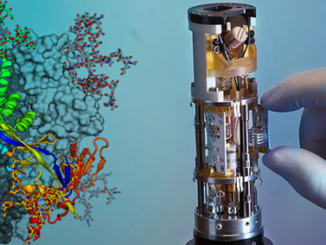Bruker has introduced new products for improved performance and customer experience in preclinical imaging.
 With the launch of the next-generation SkyScan 1278 micro-CT system for in vivo X-ray computed tomography, Bruker is addressing the latest needs of preclinical imaging scientists striving to reduce the radiation dose used in animal studies, while maintaining highest image quality. As part of the development, Bruker has created a new micro-CT spatial beam shaper, which reduces the absorbed dose by up to five times, while maintaining high quality image output.
With the launch of the next-generation SkyScan 1278 micro-CT system for in vivo X-ray computed tomography, Bruker is addressing the latest needs of preclinical imaging scientists striving to reduce the radiation dose used in animal studies, while maintaining highest image quality. As part of the development, Bruker has created a new micro-CT spatial beam shaper, which reduces the absorbed dose by up to five times, while maintaining high quality image output.
The SkyScan 1278 has a highly sensitive flat-panel detector that is able to deliver images of mouse heart and lung activities even without a contrast agent. Such images allow the user to explore cardiac and respiratory function, while reducing animal stress and the cost of the study. A full-body animal scan can take 8 seconds or less, reducing run times and increasing the speed of data collection.
Bruker announces the first customer installation of its MPI PreClinical, a preclinical Magnetic Particle Imaging (MPI) scanner, at the University Medical Center Hamburg-Eppendorf (UKE), Germany. Significantly, this marks the first time that MPI technology has been delivered in a commercial system. Preclinical MPI is an entirely new technology for in vivo imaging of small animals used in translational research.
The new MPI PreClinical was announced in 2013 and is the result of Bruker’s collaboration with Royal Philips. It combines Bruker’s leadership in preclinical imaging with Philips’ strength in medical imaging. MPI was invented by scientists at Philips and uses the detection of magnetic iron-oxide nanoparticles injected into the bloodstream to produce three-dimensional images at millisecond intervals, providing the potential for real-time 3D imaging in vivo. MPI’s high time-resolution allows researchers to investigate a range of dynamic issues, e.g. in cardiovascular research, which cannot be studied using other techniques.
Bruker has also introduced the BioSpec 210/11, a new 21 Tesla ultra-high field MRI with CryoProbe for small animal Magnetic Resonance Imaging (MRI). As in vivo investigation shifts from organ and tissue imaging to cellular and molecular research, a significant boost in sensitivity and resolution is required. With the unique 21T MRI, Bruker customers can set new performance benchmarks and gain new insights in preclinical research.
The BioSpec 210/11 is based on Bruker’s proven 21 Tesla 11 cm USR magnet that is already successfully used in FT-mass spectrometry. UltraShield magnet technology reduces magnetic stray fields, while Bruker’s active refrigeration technology virtually eliminates cryogen refills, reducing down-time and user maintenance efforts.



